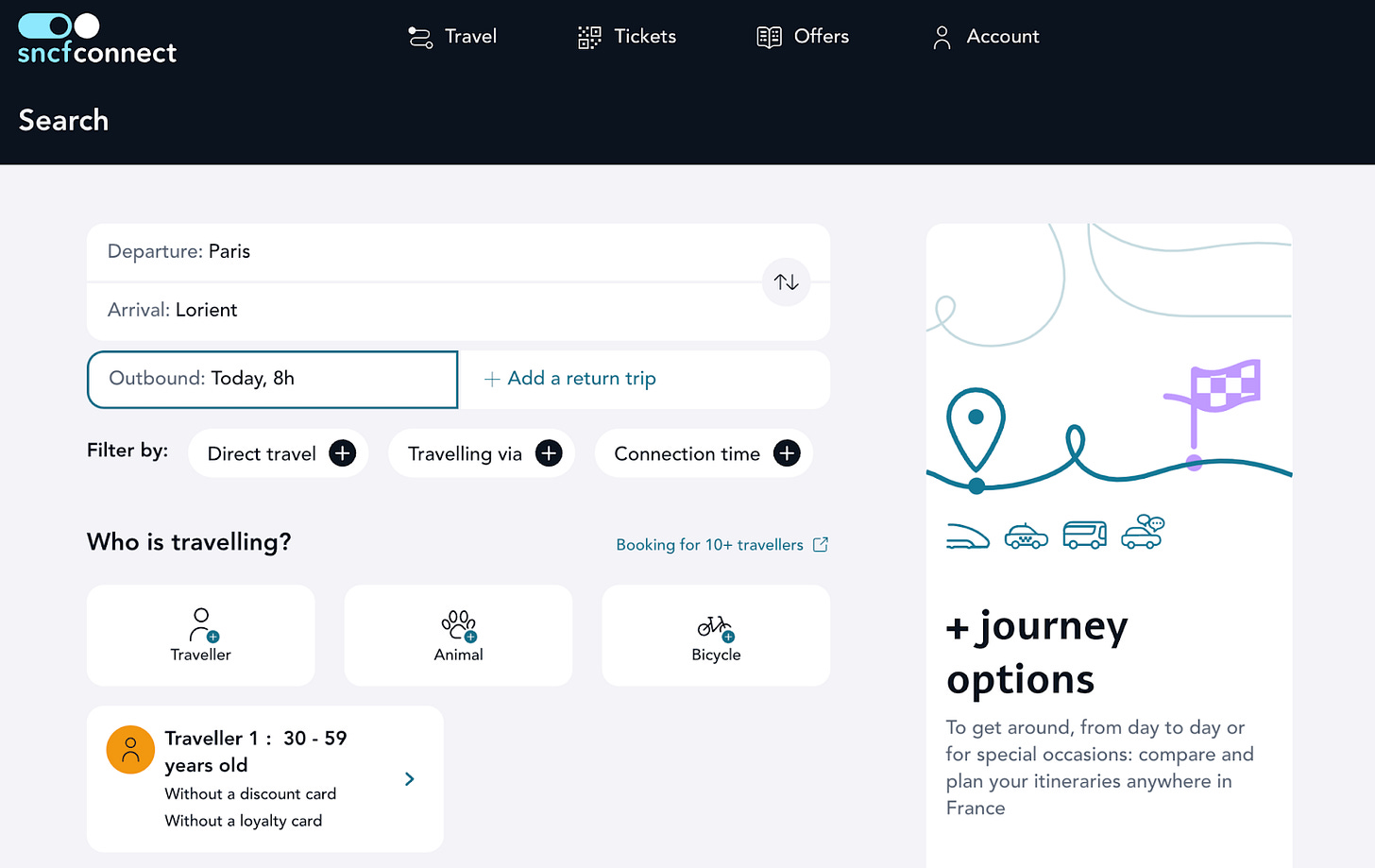From SEO to Generative SEO: How AI is Changing the Way We Create and Find Information
Websites have come a long way over the years. My personal journey began with building websites in HTML4, spending endless nights wrestling with IE6 compatibility when all I wanted was to focus on Firefox and IE7.
Faster internet connections eventually eased concerns about image sizes, larger screens made 800x600 resolutions a thing of the past, and the rise of smartphones enabled the era of mobile-first web experiences. Fortunately, responsive design emerged, allowing a single website to adapt seamlessly across both desktop and mobile devices.
Each of these major shifts was driven by external factors—technological advancements and device evolution.
I no longer build websites myself, but as a Product Marketer, I remain fascinated by their evolution. I can’t help but wonder: what impact will GenAI have on websites, and when will we start seeing these changes take shape? To explore this, I’ll look at how GenAI is transforming ecommerce websites—and what that could mean for the future of B2B websites.
How Search Changed Website Navigation
In the early days of the internet, websites were static—every visitor saw the same content. Navigation menus provided the structure, but while websites of a similar "type" often shared structure patterns, there were no guarantees. Users had to learn each site's unique navigation system to locate the information they needed.
As the volume of content on the web exploded, so did the challenge of finding information. Enter global search engines: by indexing the web, they made it possible for users to locate specific websites—or even content within them—without relying on site navigation alone.
With search engines came the rise of search engine optimization (SEO). In the early days, SEO was relatively simple, mostly focused on keyword placement and repetition. Over time, users gravitated toward the most efficient search engines, while website owners learned how to optimize content to improve their rankings.
Eventually, search functionality made its way inside websites themselves—let’s call it “site search” to avoid confusion with Google, Bing, and the like. And let’s be honest—when site search actually works well, who’s still clicking through a navigation menu? To put it another way: when was the last time you used Amazon’s menu instead of going straight to the search bar?
When search is fast and effective, navigation menus become less critical for visitors. However, they still play an important role in helping global search engines understand a website’s content and structure.
Ecommerce websites have mastered search because it’s a business-critical function. If customers can’t find products quickly, they won’t buy.
B2B websites, on the other hand, may include a search bar, but it’s rarely useful—meaning it’s kinda not working in general. As a result, software buyers and decision-makers are often stuck relying on the navigation menu to find the right page. It’s inefficient, and far from the seamless experience they’ve come to expect elsewhere.
What’s Going to Change With GenAI
GenAI presents a game-changing opportunity to simplify complex taxonomy efforts and enable more intuitive, natural language search experiences. Instead of users struggling with rigid keyword-based searches, they’ll be able to ask questions in plain language and get relevant, AI-generated responses—without having to dig through multiple web pages.
We’re already seeing this shift in action. If you’ve searched on Google recently—at least in North America—you’ve likely noticed that it now generates direct answers to questions rather than just listing links. This evolution is no accident. It's a response to emerging alternative search solutions like Perplexity.ai, which prioritize conversational search experiences.
Once again, ecommerce is leading the charge in bringing this innovation to websites. Take a look at the French national railway (SNCF) website. Instead of a traditional site search interface, the homepage now features a single text box where users can type anything. While the current implementation still redirects users to the traditional form pre-filled with their request, it’s a clear step toward a more intuitive, AI-powered search experience.

Now, imagine a future where every website—even B2B websites—welcomes visitors with a natural language search box. No more endless clicking through menus or scanning page after page for the right answer. Instead, users simply ask, and the website responds with exactly what they need.
The Trust Problem: Why GenAI Search Won’t Take Over Just Yet
The biggest reason these changes won’t happen overnight can be summed up in one word: TRUST.
Visitors don’t fully trust the answers generated by these new search engines. And, to be fair, even website owners aren’t entirely convinced (yet?). The hesitation makes sense when you consider that the large language models (LLMs) powering GenAI and natural language search are probabilistic systems. If you are lucky, ask multiple times the same question and the responses will just be reworded variations of the same answer.
Testing and controlling a probabilistic system is notoriously complex. Now, add another layer of uncertainty: the models behind these systems are constantly evolving. New versions are trained on different datasets using different techniques, making consistency a moving target. In a world where control equals trust, handing over content delivery to an AI that keeps changing feels... risky, to say the least.
So how can companies be sure that the content generated is accurate, safe, and even on-brand?
There are promising solutions, like Retrieval-Augmented Generation (RAG) architecture, which helps models pull from a curated set of trusted data, improving accuracy and reducing hallucinations. As innovation continues at lightning speed, I expect these trust barriers to lower—but we’re not there just yet.
The Content Dilemma: Who Are We Writing For?
So, let’s imagine for a minute that natural language search systems are widely deployed. The next big question (at least for me) is: what content should these site search systems use?
Today, companies rely on SEO experts—either in-house or external—who are tasked with optimizing web pages and blog content to rank higher in search engines. But here’s the dilemma: when creating content, companies often try to achieve two conflicting goals:
Write for human readers
Optimize for search engines
The problem? The rules and priorities for each are different—and sometimes at odds.
In the early days of search engines, websites could game the system with keyword placements and repetition. Today’s SEO rules are much more sophisticated. But with the rise of Generative AI, are those rules about to change again?
Generative Search Engine Optimization (GSEO) Is Coming
Global search engines are now facing a new challenge: AI-generated content.
As more users get their answers from natural language search, critical questions emerge:
Do we still need to write content for people to read? Or should we start creating content exclusively for these AI-powered search engines?
We already know that the quality of prompts, context, and information provided to LLMs dramatically impacts their performance. So, does this mean we’re moving toward a new content category: content designed specifically for GenAI-powered search?
A new skill set could emerge for the masters of Generative Search Engine Optimization (GSEO), which indicates the ability to optimize content for AI-search.
When To Expect These Changes?
🔑 There are still too many unknowns and complexities to say that human-readable content will disappear from websites anytime soon:
Global search engines aren’t ready to function without full-blown websites.
Companies aren’t ready to replace their entire marketing content strategy with a single AI-powered search box.
Users aren’t ready to fully trust these AI-driven responses.
However, change is coming. And as websites evolve into their next era, I’ll be watching—this time, likely more as a visitor than a developer.





